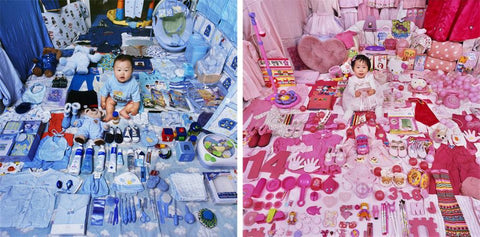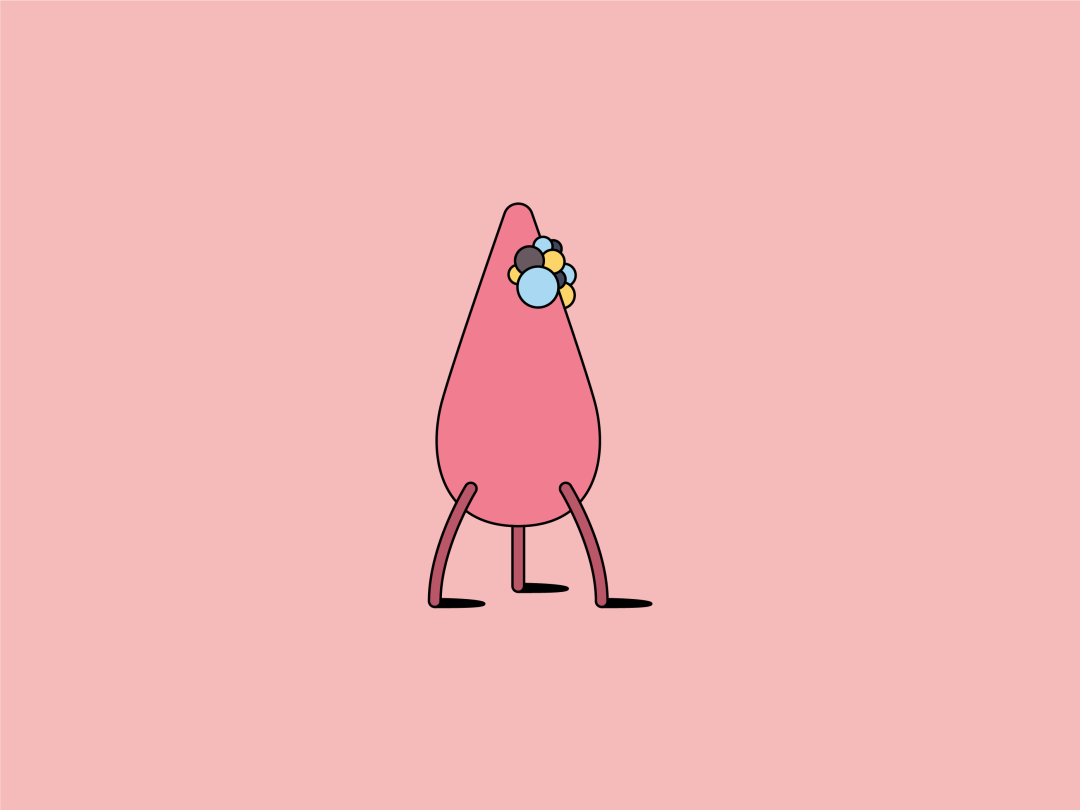Sign up to stay in the loop on new styles and sales!
Sign up to stay in the loop on new styles and sales!
Breaking Down Gender Stereotypes in Design
thinx archive
·5 min read

by Mia Abrahams | 10/12/2017
Whether you’re a follower of a million different design Instagram accounts, fancy yourself a bit of an interior architecture buff, or actually get freaked out when the “kerning” is off on a cafe menu board – design actually has a lot more impact on our lives in much more mundane and less obvious ways than we think. From the keyboard I’m typing this on, to the coffee cup I’m drinking out of, to the desk that I’m sitting in front of (Brick, are you just looking at things in the office …), basically everything we interact with from the moment we open our eyes in the morning has an element of design to it.
Usually, when we think about design, we think about whether it is functional, sustainable or aesthetically pleasing, but, as the Gender Design Network asks, why aren’t we considering “gender” as an element of design, too?
To find out what that means, I spoke with Uta Brandes, the chair of the international Gender Design Network (iGDN). She founded the iGDN to bring awareness to the importance of the role that gender plays in design: “We recognize it in sociology, psychology, anthropology – why not design?”
Much of the design that exists around us plays into existing gender stereotypes and expectations about gender roles. An obvious example is color (pink for girls, blue for boys), but we also think about round shapes as feminine, and geometric shapes as masculine; florals for women and leather for men.
When product and graphic designers don’t take gender into account in design, they may be reinforcing harmful gender stereotypes, Uta argues. She gives an example of a little boy going into a toy store with his mother. He runs over to the girls’ doll section, full of pink and princesses, and his mother pulls him away, dragging him back to the boys’ toy section “where he belongs.”

From JeongMee Yoon “The Pink and Blue Project”
But, while designers need to be mindful of gender when designing products, they should also be careful not to play into existing stereotypes and cliches that abound around gender, particularly when it comes to marketing different products.



In fact, the UK Advertising Standards Authority recently cracked down on gender stereotypes in ads, arguing that they were harmful to society, like ads showing women being left with household chores.
But, the answer isn’t always to make things gender-neutral, because, as Uta points out, when men design gender-neutral products, the result can be bland, or designed to ultimately appeal to men. This points to another issue the iGDN seeks to address – higher representation of female designers in the industry. Female designers are historically underrepresented in the design world, and in education that feeds into the professional world. As, Lucinda Hitchcock, faculty member from the Rhode Island School of Design asks, “Why do we have 80% women in the student body (in our [RISD] department) and 80% men in the faculty?”

An example of gender neutral design.
So, I asked Uta, what should we be striving for? “Ideally design should be gender-sensitive, which should be aiming to design gender-fluid artifacts that each individual can adapt to their own individual needs.” As society moves away from the binary of gender and towards fluidity, Uta explains, whatever your sexual or gender or identity preference, design should appeal to everyone, and be meaningful for everyone – not only male or female, but everyone in between.
Which brings us here, to THINX! This year, we were the recipients of the Gender Networks’ iphiGenia Evolution award for “gender-sensitive design and...work [that] unites an all-embracing, convincing approach with excellence in design and execution.”
“THINX won for its overall concept and corporate identity, its choice of models, and humorous and provocative approach to overcoming taboos around menstruation,” Uta told me (and, yessss we’re totes blushing), as well as the company’s decision to make underwear for “real menstruating humans,” and not exclude any body.
Ultimately, Uta explained, there are so many examples of advertising, marketing, and products “discriminating against different women and gender-neutral people. I could name 1,000 examples of gender-insensitive design, but gender-sensitive design is more complicated, so we have to help it along.” And as winners of the Evolution award, we’re excited to be helping to do just that!
by Mia Abrahams


